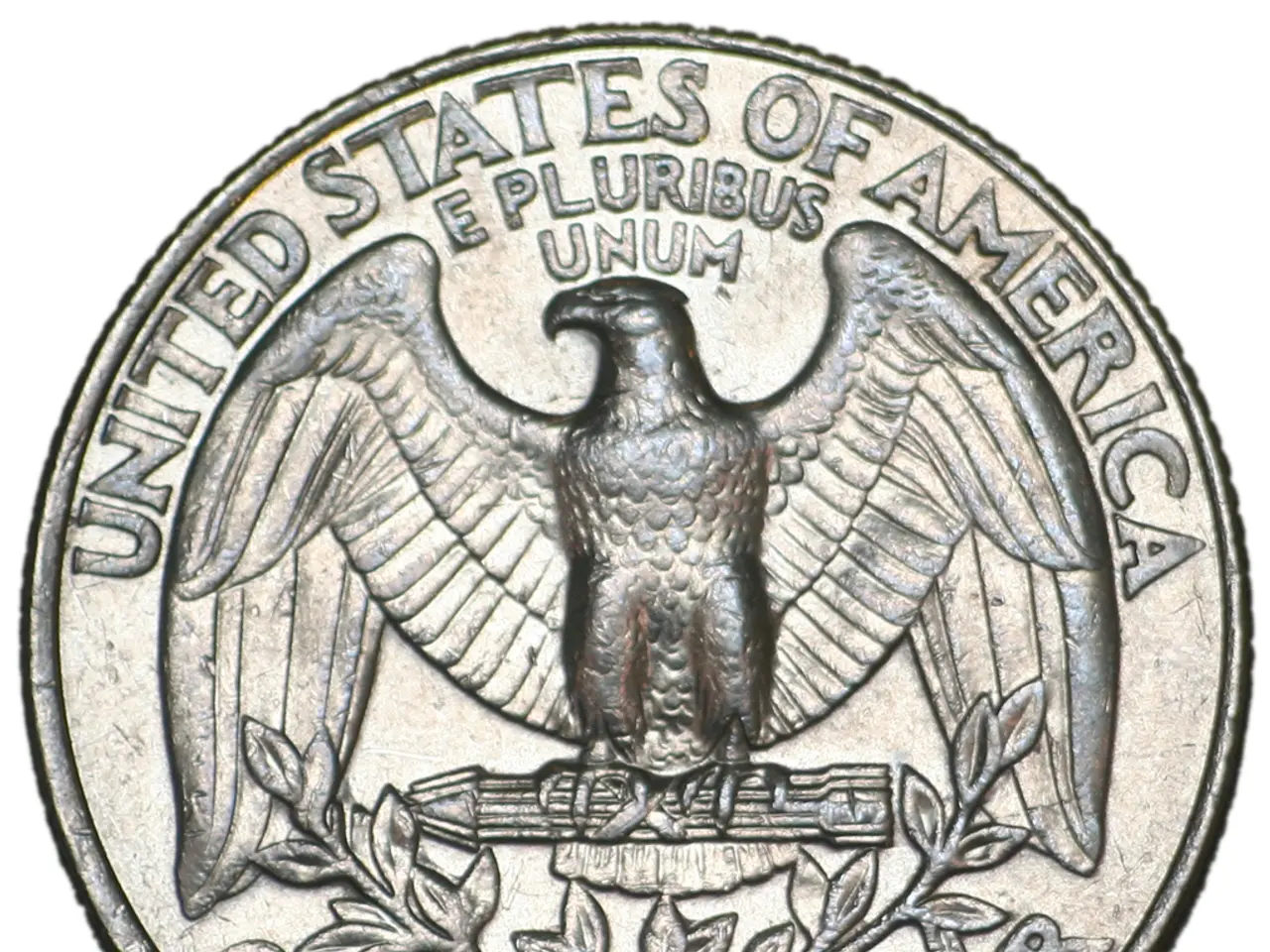Differences between Monocular and Telescope: An Overview
**Exploring the World Through Monoculars and Telescopes: A Guide**
For those with a fascination for the distant and the unseen, optical instruments like monoculars and telescopes serve as windows to the world beyond our immediate surroundings. While they share a common purpose, these tools have distinct uses and characteristics that cater to different needs.
**Uses and Applications**
Monoculars, due to their compact size and ease of use, are perfect for activities such as bird watching, hunting, hiking, and camping. They offer increased portability and easier one-handed operation, making them a popular choice for outdoor enthusiasts who want to observe the world around them without the bulk of binoculars[1][5]. On the other hand, telescopes are primarily used for stargazing and deep-sky observation, offering higher magnification and light gathering capabilities that are essential for exploring celestial objects.
**Key Differences**
**Size and Portability**
Monoculars, being lightweight and compact, can easily fit in a pocket or purse, making them highly portable[5]. In contrast, telescopes are generally larger and heavier, requiring more space and often a mount for stability.
**Aperture**
Monoculars typically have smaller apertures, usually around 50mm, which limits their light gathering capability compared to telescopes[3]. Telescopes, on the other hand, have larger apertures, often 60mm or more, allowing for better resolution and light transmission, which is crucial for observing distant celestial objects.
**Magnification**
Monoculars offer variable magnification, up to 80x, but usually around 10-30x for general use[3]. Telescopes can achieve much higher magnifications, often up to hundreds of times, though high magnification can be unstable without a mount.
**Field of View**
Monoculars have a wider field of view compared to higher magnification telescopes, making them suitable for scanning wide areas[1]. Telescopes, with their higher magnifications, have a narrower field of view, focusing on specific distant objects.
**Eyepieces**
Monoculars typically use a single eyepiece, which may be adjustable for comfort[1]. Telescopes, on the other hand, often use interchangeable eyepieces to adjust magnification and comfort.
**Tripod Usage**
Monoculars can be used handheld but may benefit from a tripod for stability at higher magnifications[1]. Telescopes require a tripod or mount for stability due to their size and weight.
**Eye Relief**
Monoculars provide adjustable eye cups for comfort, especially for users with glasses[1]. Telescopes often have longer eye relief in eyepieces to accommodate users with glasses.
**Photography**
Monoculars are less commonly used for photography directly, though some may be adaptable for smartphone photography[5]. Telescopes are often used with cameras for astrophotography through adapters or mounts.
**Price**
Monoculars are generally more affordable and portable options for casual observation[5]. Telescopes can range from budget-friendly to very expensive, depending on features like aperture and computerized mounts.
In essence, monoculars are ideal for portable, everyday use in nature observation, while telescopes are specialized for stargazing and deep-sky observation, offering higher magnification and light gathering capabilities but requiring more setup and space.
*Anthony Robinson, the founder and owner of Skies & Scopes, a publication and community focused on amateur astronomy and astrophotography, further elaborates, "The verdict between a monocular and telescope depends on what one wants to do: telescopes are better for astronomy and higher magnification, while monoculars are better for scanning the skies and stargazing."*
- For amateur astronomy and astrophotography, telescopes are crucial tools due to their high magnification and light gathering capabilities, making them ideal for exploring celestial objects and deep-sky observation.
- Ascertaining the right choice between a monocular and telescope relies on the intended purpose: monoculars are suited for scanning the skies and general nature observation, while telescopes are geared towards astronomy and higher magnification needs.
- Astrophotography enthusiasts often utilize telescopes with cameras for capturing stunning images of distant celestial objects, whereas monoculars, though adaptable for smartphone photography, are less commonly used in photography directly.
- Spotting scopes, a gadget related to both monoculars and telescopes, combine some advantages of both devices, offering high magnification and portability, making them popular choices for wildlife observation and nature photography.
- The field of view is an essential factor differentiating monoculars and telescopes, with monoculars providing a wider field of view suitable for scanning vast areas and telescopes sporting a narrower field of view for focusing on specific distant objects in photography or stargazing.




